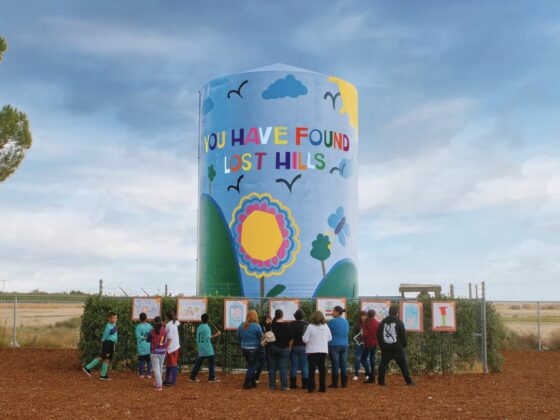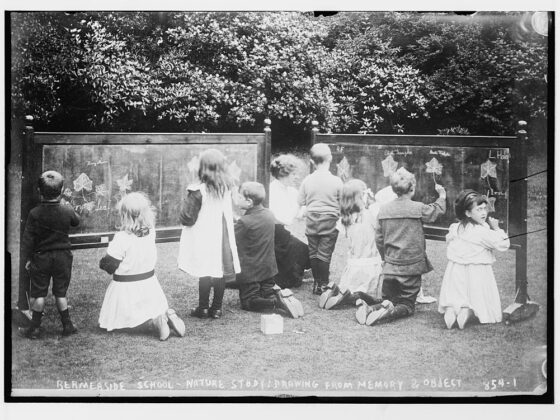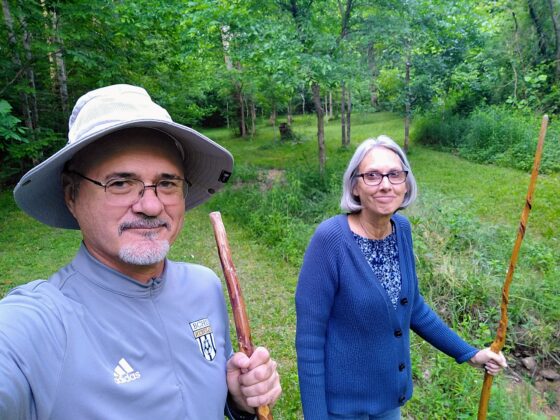Here are a few stories I found intriguing from the past week’s newspapers, on the unfolding complexities of the much-discussed “rural-urban divide.”
1) The first is by Andrew Van Dam, in The Washington Post, on the fundamental reasons for rural decline. Here’s the way his story was presented in the print version of the Post, in the Sunday business section:

Just about every discussion of the political, economic, opportunity, and other gaps between rural and urban America starts from the premise that life outside the big cities really is doomed. On the basis of the headline, this story would seem to be offering yet more reasons rural prospects are so dark.
But if you read the story, you’re in for a surprise. A “spoiler alert” clue about the contents is suggested by the headline on the same story online. This headline contains two additional words, in parentheses. Here is the twist those words add:

(To be 100 percent clear, I’m using the contrast in headlines to underscore the complexities in the piece, not to give the Post grief of any sort.)
As Van Dam clearly lays out in the story, among the many burdens on rural America is a bureaucratic and definitional one. To oversimplify: Whenever a non–major-metro area starts developing or prospering, for that very reason it stops being classified as rural.
That is: On top of the many real challenges rural communities face, their situation looks even bleaker than it is, because of the steady reclassification of successful smaller towns and rural areas as being no longer rural.
Here is Van Dam’s explanation:
The contest between rural and urban America is rigged. Official definitions are regularly updated in such a way that rural counties are continually losing their most successful places to urbanization [as officially classified]. When a rural county grows, it transmutes into an urban one …
Imagine how unfair a sport would seem if one team automatically drafted the other’s best players the moment they showed any promise. That’s essentially what happens when we measure rural areas as whatever’s left over after anywhere that hits a certain population level is considered metropolitan. It distorts how we see rural America. It skews our view of everything from presidential politics to suicide to deaths caused by alcohol …
It makes rural areas look poorer, whiter, older and more prone to alcohol-related death or suicide than under broader definitions. Statistics such as these affect everything from Medicare reimbursement to the larger perception that the nation’s breadbasket is also a basket case.
The story and the reports it refers to are all worth your attention. Another of the important implications: that most people who think they are living in small-town or rural settings are officially classified as being in “metro” regions. As Van Dam says:
About 6 in 10 U.S. adults who consider themselves “rural” live in an area classified as metropolitan by standards similar to those used above, according to a Washington Post–Kaiser Family Foundation poll conducted in 2017. And 3 in 4 of the adults who say they live in a “small town”? They’re also in a metro area.
Very much worth reading. Congrats to Van Dam and the Post.
2) The second story is by Eduardo Porter and Guilbert Gates, from The New York Times, about a shift in migration patterns. In the same “show the evidence” spirit, here is the headline for their story (which was the same in print and online versions, as far as I can tell):

The reinforcement is the idea that for certain very top-level, sought-after, professional-and-technical talents, the economic rewards in white-hot centers from New York to San Francisco exceed what they could find anyplace else.
The complication is that for most other people, the rewards across the country have evened out—so that the “Let’s move to the big city and get a new start” impulse is weaker than at many other times in U.S. history.
This is partly because automation has removed so many accountant-and-clerk-type jobs from the biggest cities. It is partly because real-estate prices have jacked up the price of simply existing in Seattle, New York, the SF Bay ArEA, etc. It’s partly because of a dispersal of activities elsewhere—which is one of the big themes that Deb and I have chronicled.
Whatever the balance of forces, the evidence Porter and Gates present is interesting, nuanced, and different from what you’ve heard in most political speeches and segments on the news.
3) The third is an American Enterprise Institute report, which finds that the “amenities” of local life—parks, restaurants, walkable shopping, libraries—make a major difference in how happy, trusting, and engaged people are. As the report, by Ryan Streeter and Daniel Cox, found (and as they elaborated in a post for The Atlantic last week), people who live near parks, libraries, etc.:
are more content with their neighborhood, more trusting of others, and less lonely regardless of whether they live in large cities, suburbs, or small cities or towns.
This may seem ordinary and obvious, but it caught my eye for several reasons:
- It’s an extension of the AEI survey work I wrote about earlier this year, showing that most Americans felt better about their local communities than they did about the trends in national life.
- It underscores the absolutely crucial point that civic character is not something that merely exists, like eye color or the day’s temperature, but instead is one of many traits that can be intentionally improved and cultivated.
- In that, it’s related to a wonderful new book by my friend Eric Liu, the head of Citizen University in Seattle. The book is called Become America, and it’s a collection of 19 short “civic sermons” about ways to foster a more rather than less engaged public life. More on this, and its relationship to the most important essay in America’s public life, later on. (What was that essay? Stay tuned. The hint is that it was published 109 years ago, and while its author was an Atlantic contributor, it did not first appear in these pages.)
Next up in this space: another report from Mississippi.




